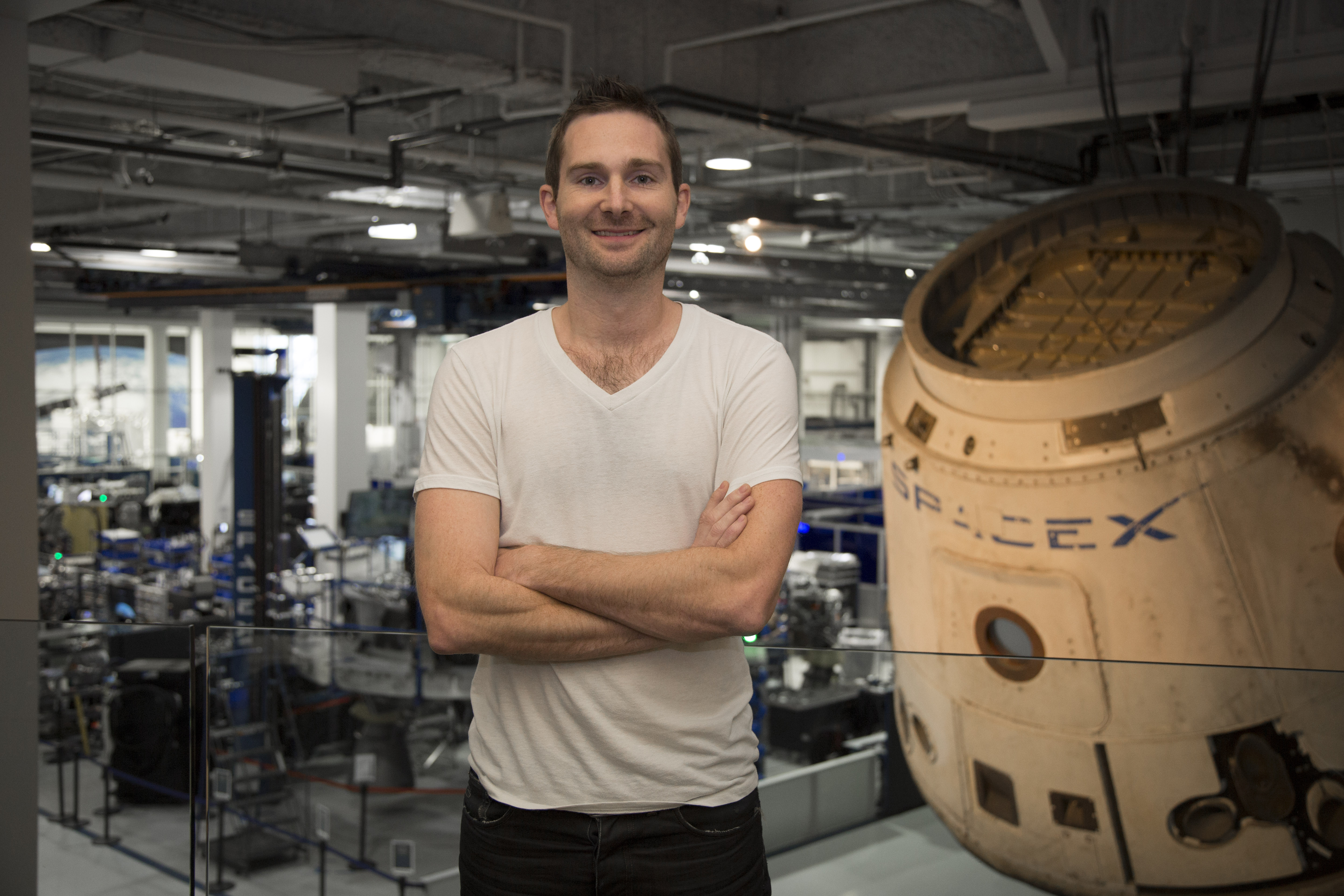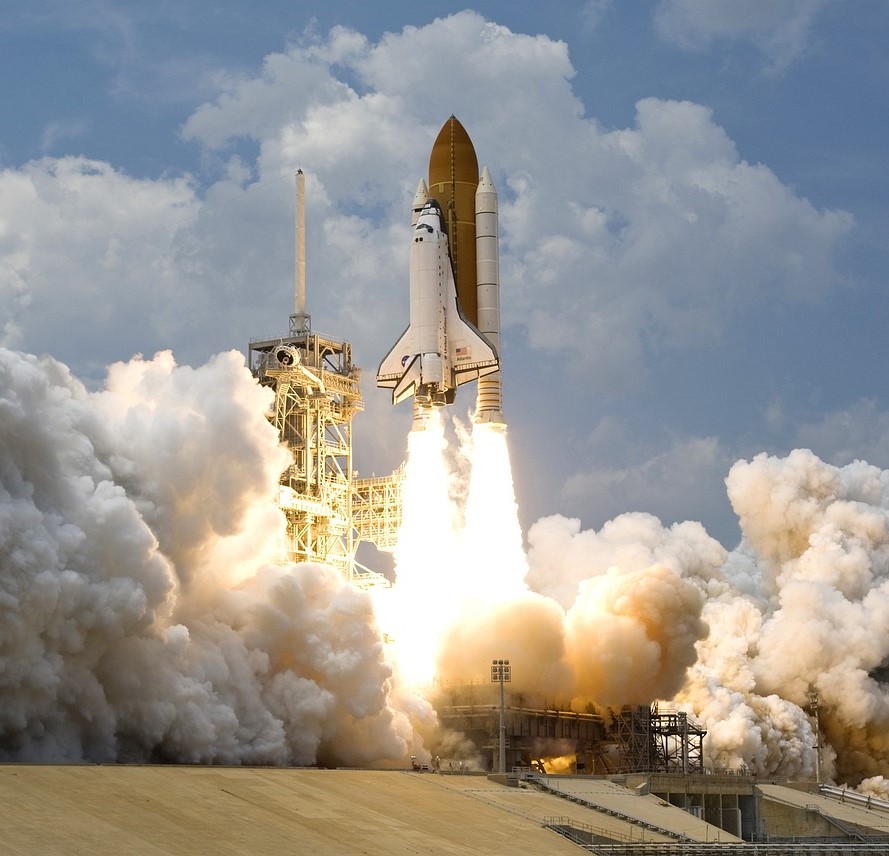Designing rockets for SpaceX
Reusable rockets are expected to change the economics of space travel, and one Engineering Leadership Scheme (ELS) programme alumnus is helping to make them a reality. Lars led the team that figured out how to make SpaceX’s Falcon 9 rocket vertically land on a ship in the ocean, and the ELS programme put him on the right trajectory.


Dreaming of NASA
Seduced by space exploration and the search for life beyond our planet, Lars made it his mission to use creativity and innovation to overcome fundamental challenges. “In the words of JFK, ‘dream of things that never were and say, why not?’”, he says.
He studied engineering at Trinity College, Cambridge, where he took part in extracurricular activities such as the International Robot Design Competition in Japan. “To this day, I don’t think anything has been more important for my career than a solid basis in the fundamentals of engineering,” he says. He also spent an exchange year at the Massachusetts Institute of Technology (MIT) where he worked on a satellite to test the effects of Mars gravity on mice. “The idea that students could work on an actual space mission blew my mind, and made me think that perhaps my dreams of working for NASA could become reality.”
Making the dream a reality
Lars wanted to work on the cutting edge of space travel and the most exciting work was being done in the US. However, getting a paid internship at NASA was impossible in the aftermath of 9/11 as there was an almost total ban on non-US citizens working on space technology. Luckily, Lars was able to use his ELS funding to take part in the Planetary Science Summer School at NASA’s Jet Propulsion Laboratory. “This was instrumental in letting me see NASA from the inside, and I formed some professional and personal relationships that have lasted to this day,” he says.
Lars did a PhD at MIT’s aeronautics and astronautics department, which enabled him to work at NASA’s Jet Propulsion Laboratory where he split his time between working on a climate change satellite and developing new methods for precision landing on Mars. During that time, he first heard about SpaceX’s ambition to make a reusable rocket capable of precision landing. “I moved there with my sole focus being to workout how to land their Falcon 9 rocket,” Lars says.
Falcon 9
At the time, Falcon 9 was putting payloads into orbit, but it was not yet capable of return. “After four years and many failed attempts, we finally landed the first Falcon 9 rocket in December of 2015, and watching it from Mission Control, I could not have been prouder of the team,” he says. Since then, SpaceX has landed 70 rockets, making reusability “just another part of the business of space launch”. Not content with making space history, since 2018 Lars has been leading the team developing entry and landing of SpaceX’s newest space transportation system, Starship. If successful, it will be the world’s first completely reusable rocket, since it will reuse both the booster stage (like Falcon) and the upper stage (which Falcon did not achieve).
“Making an upper stage that can land from orbit required a fundamental rethink of the architecture of a rocket,” Lars says. It was an effort that, led by Lars, has so far achieved three successful ocean landings from orbit. “The next step is to fly the ship back to the launch site to be caught at the launch tower where its mission started – something that would allow for truly aeroplane-like reusability.”
Interested in participating in the Engineering Leaders Scholarship?
Visit the programme pages to find out more about how it could benefit you and your career.
